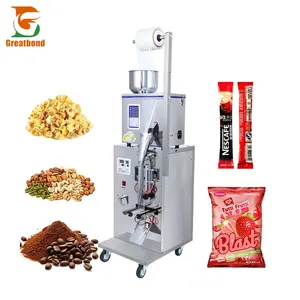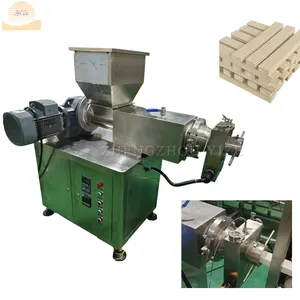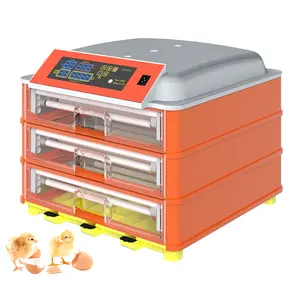Popular in your industry







































































Top categories
About continuous centrifuge
Introduction to Continuous Centrifuge
A continuous centrifuge is a vital piece of equipment in various industries, including pharmaceuticals, food and beverage, chemical, and wastewater treatment. It is designed to separate suspended particles from a liquid by spinning the mixture at high speeds. The centrifugal force generated causes the denser particles to move outwards, allowing the liquid to be extracted.
Types of Continuous Centrifuges
There are several types of continuous centrifuges available on the market, each catering to specific industry needs. One common type is the continuous flow centrifuge, which operates without interruption, ensuring a steady output of clarified liquid. Another variation is the continuous horizontal centrifuge, which is known for its efficient separation of solids and liquids due to its horizontal design.
Technical Specifications and Design
When considering a continuous centrifuge for your business, it's essential to pay attention to technical specifications such as the maximum rotational speed, capacity, and power requirements. For instance, the continuous centrifuge Alfa Laval models are renowned for their high-speed operation and robust construction, making them suitable for demanding industrial applications.
Advantages of Continuous Centrifuges
One of the primary advantages of using a continuous centrifuge is the efficiency it offers in separating solids from liquids. This results in higher product quality and reduced processing times. Additionally, continuous operation ensures a consistent output, making it ideal for large-scale production environments.
Applications and Industry Use
Continuous centrifuges find wide applications across various industries. In the pharmaceutical sector, they are used for isolating and purifying compounds. In the food and beverage industry, these centrifuges are employed for clarifying liquids such as juices and oils. Moreover, in wastewater treatment plants, continuous centrifuges play a crucial role in dewatering sludge and reducing environmental impact.
Factors to Consider When Choosing a Continuous Centrifuge
When selecting a continuous centrifuge for your business, it's essential to consider factors such as the required capacity, speed, and maintenance needs. Assessing your specific application and production requirements will help you choose a centrifuge that aligns with your operational goals and budget.
Maintenance and Care Tips
To ensure optimal performance and longevity of your continuous centrifuge, regular maintenance is key. This includes monitoring the wear and tear of components, lubricating moving parts, and conducting routine inspections. Proper maintenance not only extends the lifespan of the equipment but also prevents costly downtime.
Enhancing Efficiency with Intermittent Flow Centrifugation
Intermittent flow centrifugation is a technique that combines the benefits of continuous and batch centrifuges. By intermittently introducing the liquid mixture, this method allows for efficient separation while reducing energy consumption. Many modern continuous centrifuges incorporate intermittent flow features to enhance overall efficiency.
Future Trends in Continuous Centrifuge Technology
The continuous centrifuge industry is witnessing advancements in automation, digital monitoring, and energy efficiency. Manufacturers are focusing on integrating smart technologies that enable remote operation and real-time data tracking. Additionally, sustainability is becoming a crucial aspect, with centrifuges designed to minimize waste and energy consumption.
Conclusion
In conclusion, continuous centrifuges are indispensable in various industrial processes, offering efficient separation solutions for solids and liquids. By understanding the different types, technical specifications, advantages, and maintenance requirements, businesses can make informed decisions when investing in this critical equipment.




























